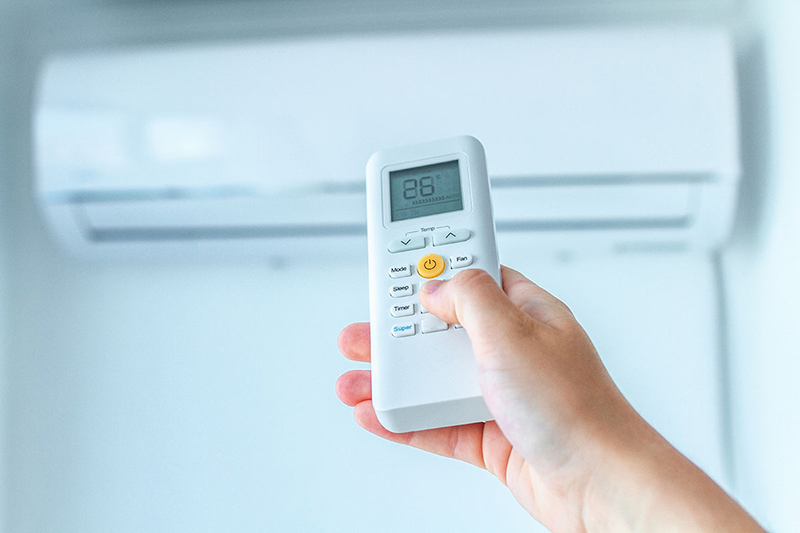
Already understood what Variable Refrigerant Volume (VRV) and Variable Refrigerant Flow (VRF) means? Remember that both terms point to the same meaning! In an earlier article, we talked about the pros and cons of choosing this type of air-conditioning system. We didn’t just stop there - there’s more to find out in this next article! What VRF/VRV Systems Are First, let’s recap what these systems are to jog your memory a bit. The VRV term was copyrighted by leading air conditioner manufacturer Daikin, so the other companies had no choice but to adopt VRF to represent the same meaning. As a majority of houses are not one big open space, especially in Singapore, it leads to the problem of uneven temperatures. Although conventional ductless air-conditioning units are effective to assist in this, VRV/VRF systems take it up a notch. Apart from using a few indoor units around the house, it also regulates refrigerant flow so that it can meet the different needs of each area. Advantages of VRF/VRV Systems Better Energy Efficiency Considered a groundbreaking technology, this innovative development that’s taken the air-conditioning industry by storm boasts leading features and components. In addition, it also possesses a high energy efficiency level that’s better than most other options. Additional Features For certain brands and models, this type of system comes with added features as well. For example, you may find air purification functions that will deliver better air quality and cleanse the surrounding air effectively. This is particularly useful if you’re installing it in a dirtier and messier environment, or if you have allergies. Quiet Relative to other types of air-conditioning systems, the VRF/VRV system is much quieter. Plus, since they require longer pipes because of the area and location needed, they’re usually placed a distance from your air-conditioning units or room. This means that the noise of the units would be significantly lowered because of the distance. The noise that is heard may even be lower than that of split-system air conditioners. Facilitates Designs Most air conditioners are mounted atop walls, but this type of system doesn’t require that. This means that you can let loose your interior design ideas and style your house with a unique positioning for your air conditioner. Environmentally Friendly Thanks to modern innovation, these VRF/VRV systems use more environmentally friendly refrigerants. For example, they may use R32 or R410-A refrigerants that are better for the environment. Disadvantages of VRF/VRV Systems Unsuitable for Certain Settings As amazing as this system is, it’s not a one-size-fits-all solution. For example, it may not be ideal to be installed in places like a laboratory or medical buildings. Unsuitable for High Surrounding Temperatures We’ve mentioned that this system tends to adjust its operations depending on the temperature that is surrounding it. For units that need high temperatures, this may not be a good choice to choose, since it may affect the unit’s operations. You may encounter problems like the aircon not cold, or other functional issues.